BA Blacktop Ltd. has won a Vancouver Regional Construction Association (VRCA) Silver Award of Excellence in the General Contractors Over $40 Million category for its Roberts Bank Rail Corridor (RBRC) Combo Project. The main part of the $88 million design-build project involved the construction of rail crossing overpasses in Surrey and Langley, BC.
"Three multi-span bridges were built over the CP Rail and BC Hydro right-of-way at 192nd Street, 54th Avenue, and 196th Street," said BA Blacktop vice president of transportation and infrastructure Simon Daniels.
The bridges in question comprise, respectively, two spans totaling 98 metres at 54th Avenue, three spans totaling 124 metres at 192nd Street and five spans totaling 254 metres at 196th Street. The bridges were built to provide grade-separation crossings that would replace at-grade crossings, improve the efficiency of local rail operation and accommodate the expected growth in rail and road traffic along the RBRC. They were also constructed to enhance safety and reduce delays caused by increased commercial traffic, something which the communities in the area had asked for. The RBRC is a 70-kilometre corridor that connects Canada’s largest container facility and the coal terminal at Roberts Bank, south of Vancouver, with the North American rail network.
The scope of work on the project was extensive and complex. In addition to constructing bridges and grades in compressible soils, it included re-alignment of municipal roads to meet the master planning requirements of Surrey and Langley; traffic and railroad management; coordination of the relocation of third-party utilities; maintenance of the uninterrupted flow of residential and commercial traffic; applying for federal government approvals; and new traffic lights and signals to municipal or Ministry of Transportation and Highway specifications.
BA Blacktop used lightweight expanded polystyrene (EPS) on the right-of-way embankments at all of the crossings. EPS are large interlocking polystyrene cubes – like industrial styrofoam – that form the approach embankments, creating a net-zero loading on the soft soils, which reduces settlement. The 192nd Street crossing, where the soil is sand clay, used end-bearing piled foundations for the bridges. It required pre-loading with large piles of sand, to force the water out of peat soil conditions within the clay and induce early settlement at the abutment locations. The involvement of a number of companies and governments in the project presented BA Blacktop with a major logistical challenge.
"Three municipalities, two railways, four utilities, the Ministry of Transportation and several hundred residents and businesses required significant stakeholder management and coordination," Daniels said, in what might be an understatement.
The project presented numerous technical and other challenges. They included delays with third-party utilities; complicated property acquisitions; tight project boundaries; contaminated soils; and a changing scope of work.
Daniels said building the bridges over the railway right of way required coordination and approvals with the major railways and arranging road and railway flagging at the times and places it was needed.
"Permission from the Canadian Transportation Agency was required in order to build across the CP Rail right-of-way," he said. "And there is a long lead time to process these permits."
Sustainability features included reusing recycled asphalt and concrete for fill; significant environmental compensation at 192nd Street in the form of new environmental wetlands and planting; diverting McLellan Creek, which runs along 196th Street, from the bridge foundation and pilings; and reusing pipe pile cuttings. Although BA Blacktop had completed more than 24 design-build projects in BC over the last 20 years, the RBRC Combo was the company’s largest design-build by dollar value to date.
"It was one of the largest transportation design-build projects carried out in BC by a municipality," Daniels said.
The project involved three municipalities: The City of Surrey and the City and Township of Langley.
The City of Surrey was the lead agency on the project. It is the owner of the bridge crossings at 54th Street and 192nd Street. The Langley municipalities own some roadwork and utilities that are inside their boundaries. The provincial Ministry of Transportation and Infrastructure became the owner of the 196th Street bridge because it crosses Highway 10. The project started in February 2012 and reached substantial completion in September 2014.
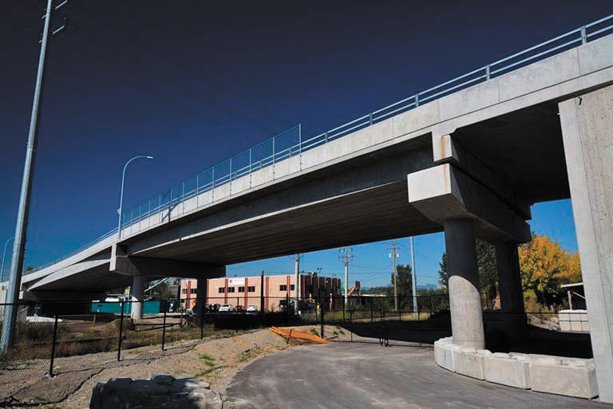
1/2
Photo courtesy of the VRCA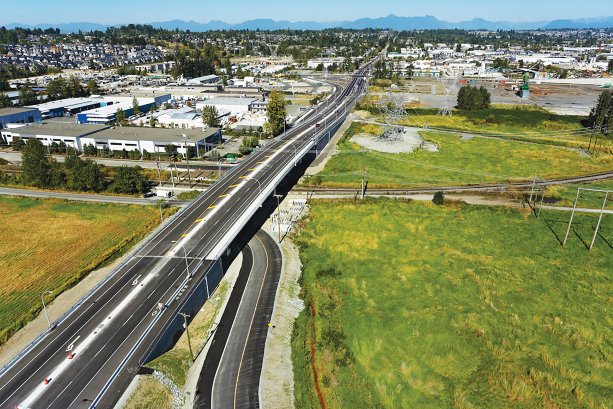


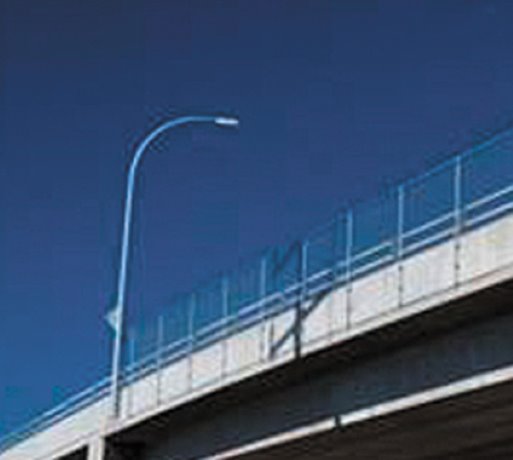

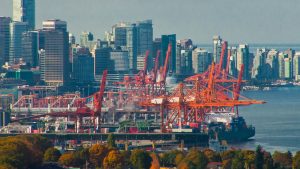

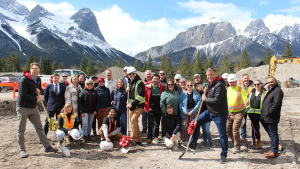


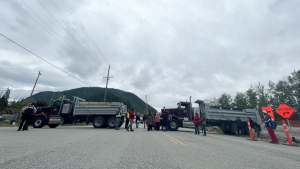

Recent Comments
comments for this post are closed